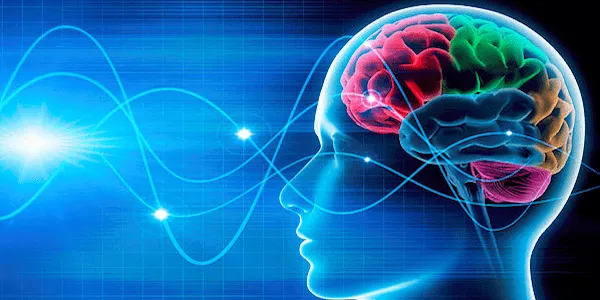
- Posted By MindBrain
- Comments 0

Understanding Neuroplasticity
Neuroplasticity, a fundamental concept in neuroscience, refers to the brain’s ability to reorganize itself by forming new neural connections throughout life. This ability allows the brain to recover from injuries, adapt to new situations, or overcome mental health issues.
The Significance of Neuroplasticity in Mental Health
Mental health disorders often arise from or cause maladaptive neural patterns and connections. For example, repetitive negative thoughts in depression can strengthen certain neural pathways that perpetuate the condition. Neuroplasticity offers a ray of hope here, suggesting that these pathways can be altered, weakened, or even replaced with more positive, adaptive ones.
How Does TMS Work?
TMS involves placing a magnetic coil near the scalp, where it generates brief magnetic pulses. These pulses pass through the skull and induce small electrical currents that stimulate brain cells in the targeted region. For depression and anxiety, the treatment typically focuses on the prefrontal cortex, a brain area involved in mood regulation and decision-making. For OCD it focuses on Supplementary motor area.
TMS’s Impact on Neuroplasticity
TMS appears to influence neuroplasticity in several ways:
- Enhancing Synaptic Plasticity: TMS can increase the strength of synaptic connections in the brain. By repeatedly stimulating certain brain regions, TMS may help strengthen the neural networks that have been weakened by depression or other mental health conditions.
- Promoting Neurogenesis: Some studies suggest that TMS may encourage the growth of new neurons, particularly in regions like the hippocampus, which is crucial for learning and memory and is often affected by mental health conditions.
- Modifying Neural Networks: Regular TMS sessions can alter the functional connectivity between different brain regions. This can lead to changes in patterns of brain activity associated with specific mental health issues, promoting more adaptive and resilient neural networks.
Conclusion
Neuroplasticity plays a transformative role in mental health healing, representing the brain’s remarkable capacity to adapt and recover. With innovative treatments like TMS, which strategically harness this capability, there is growing hope for individuals battling persistent and challenging mental health conditions.


